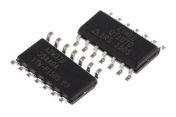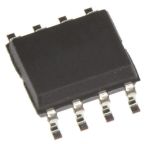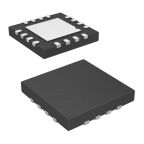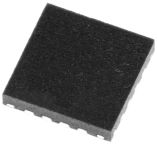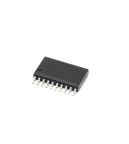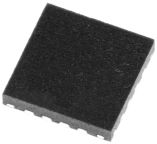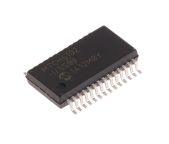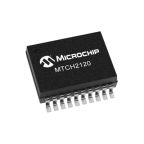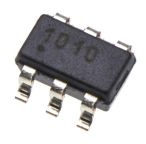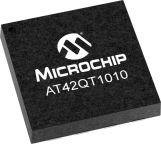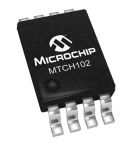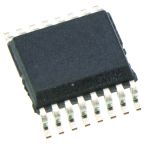Touch Screen Sensor ICs
Touch screen sensor ICs (integrated circuits) also known as touch screen controllers are types of semiconductor devices that convert user actions on a screen to signals that can be read by a device. They have been designed to detect the input of the touch sensor built on the LCD. Touch screen controllers are considered the standard in the manufacturing and engineering industries where display screens act as control panels for machinery and specialised equipment.
How does a touch screen sensor IC work?
Touch screen sensor ICs plug into sensors that communicate touch actions electronically, enabling the use of a touch screen device as an input mechanism in place of a mouse or keypad. Some types of these ICs can also have a pen stylus interrupt input. This feature adds the benefit of low power mode by only operating the touchscreen when the stylus pen is being utilised.
Types of touch screen sensor ICs
Touch screen sensor ICs are available in different types such as;
Capacitive touch screen controllers – These ICs designed to be compatible with screen panels coated with indium tin dioxide. The film coating conducts a constant electrical current across a sensor to pick up on any change in electrical charge when the screen is touched.
Resistive touch screen controllers – these ICs produce an electrically resistive layer. The changes in resistance on this layer are identified as touch events, which are picked up by the controller for the processing of data.
Both capacitive and resistive touchscreen devices have a digitised. The touch screen digitiser is an IC that's designed to convert analogue touch comments into digital signals.
These type of ICs are also offered with a range of different interface types such as UART(Universal asynchronous receiver-transmitter), serial, SPI (Serial Peripheral Interface) and Serial SPI. They are also offered with a variety of a number of pins constructed on the IC itself.
Applications of touch screen sensor ICs
Touch screen sensor ICs are widely used in a variety of applications such;
- Mobile phones
- Touch screen monitors
- Tablet devices
- Point-of-sale terminals
- ATM machines
